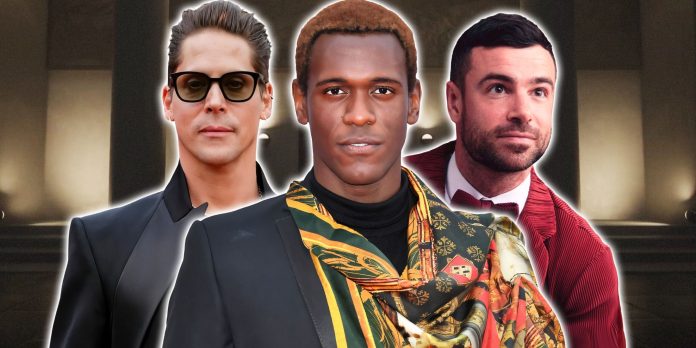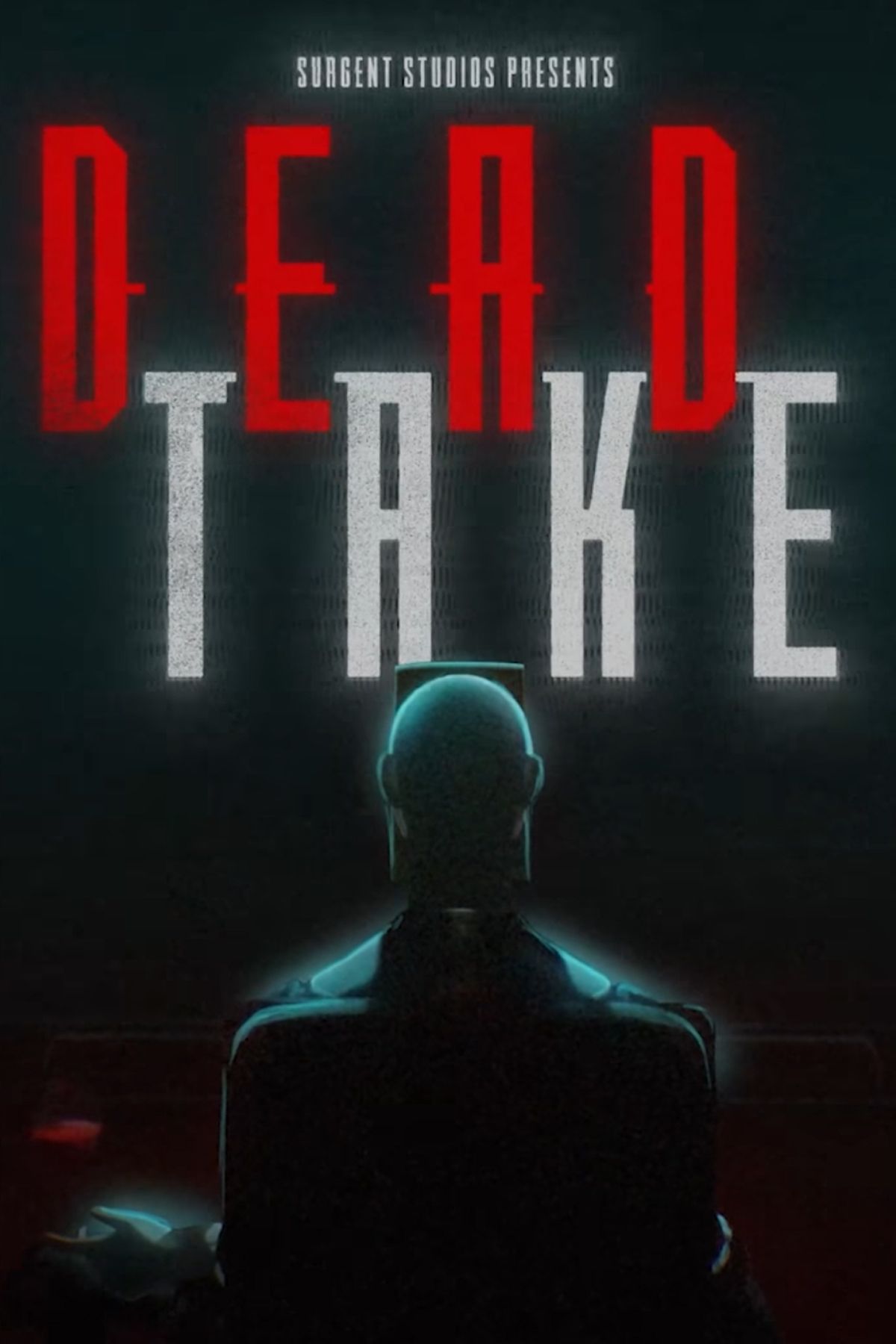Dead Take is a brand-new upcoming psychological horror game from Surgent Studios, the developer behind Tales of Kenzera: ZAU. The game is a huge departure from ZAU‘s look and feel, abandoning the side-scrolling metroidvania formula in favor of a first-person horror game set in a creepy mansion, exploring the darker side of Hollywood and some of the struggles actors have to regularly deal with.
Game Rant recently spoke with Surgent Studios’ CEO Abubakar Salim to uncover the core ideas and themes behind Dead Take. He spoke about drawing on some of his own experiences when fleshing out the game’s narrative. He also spoke in depth about some of the game’s casting choices. This interview has been edited for clarity and brevity.
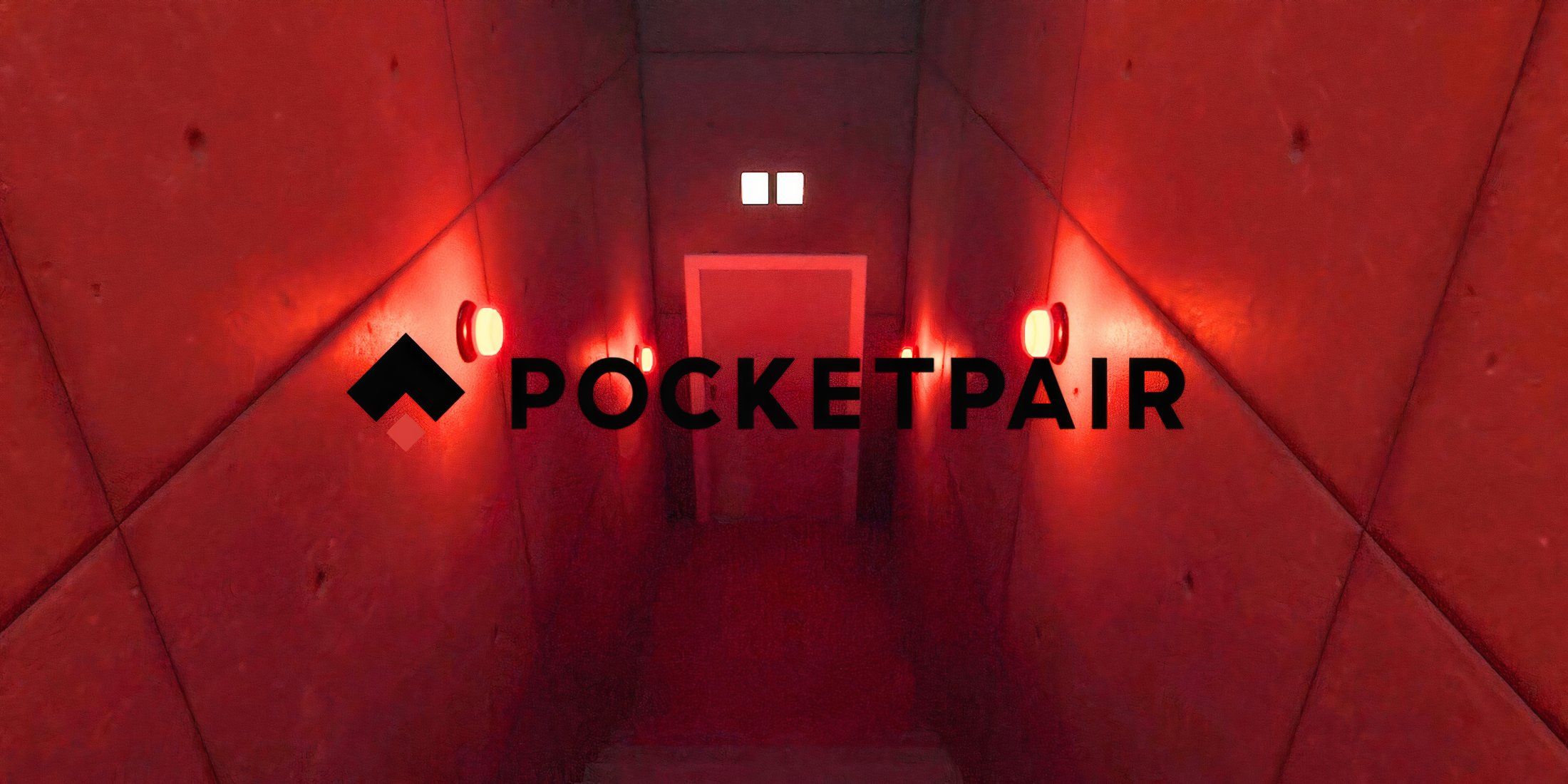
Related
Palworld Developer Unveils New Psychological Horror Game
The Palworld developer and Surgent Studios reveal an upcoming psychological horror game with an intriguing premise that promises to be very scary.
Providing a Dead Take
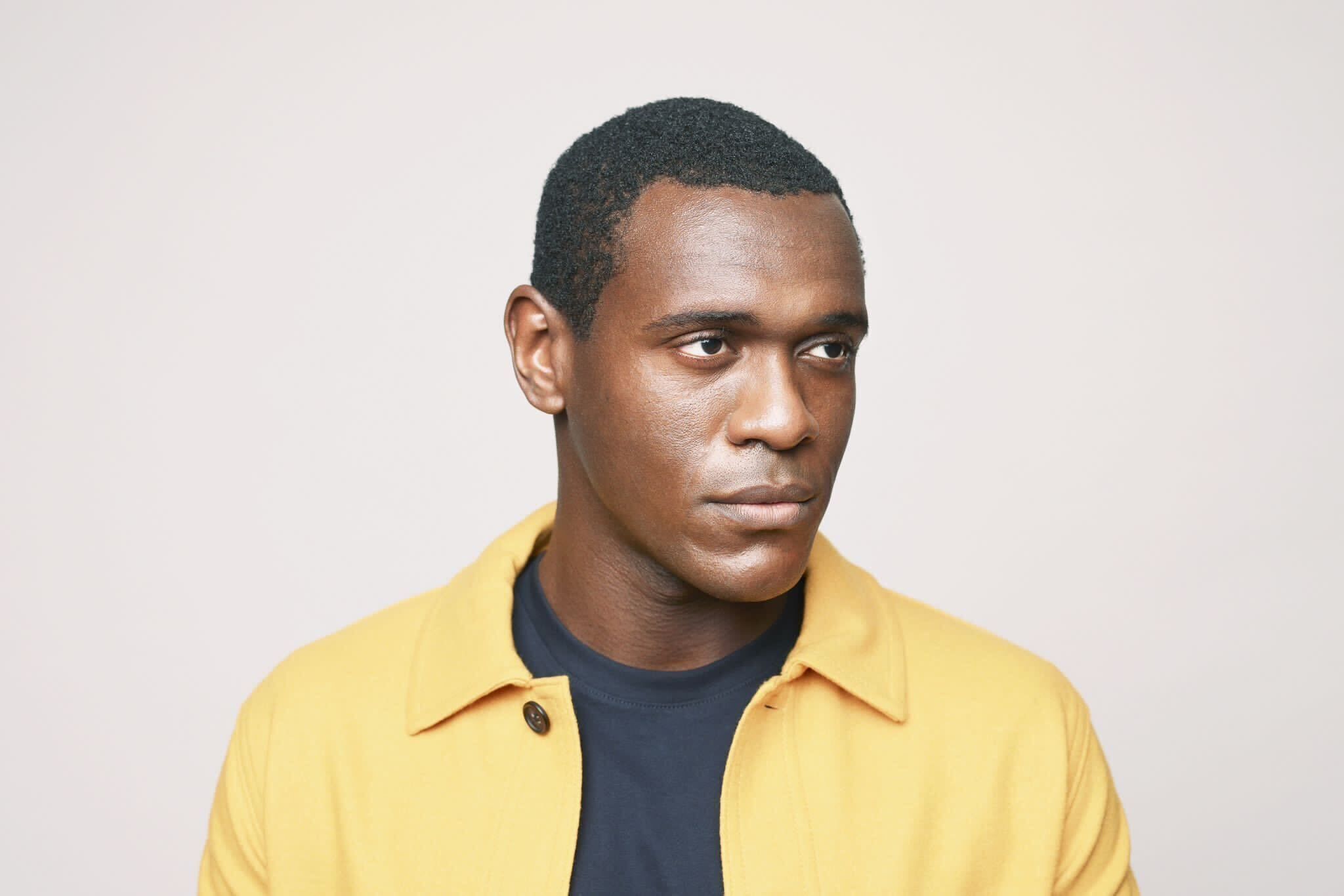
Q: What was the main inspiration behind Dead Take, and how did that inspiration turn into the psychological horror experience we’re seeing now?
A: I wanted to take an honest approach with Dead Take, which is inspired by the dark and horrific stories I’ve heard since joining the industry as a young actor. I’ve realized that the journey of an artist is deeply psychological. You’re forced to really confront how far you’ll go for what you want, and sometimes that reveals something you’d rather not know about yourself. It seems like glitz and glamour from the outside. It really isn’t. And we wanted this game to feel as authentic to the world of actors as possible. We use actual headshots, actual movie script formatting, actual notes I’ve received from directors. It truly is a peek behind the curtain.
Q: Dead Take looks at the darker side of the entertainment industry. What drew you to these stories and arcs?
A: I’m drawn to the dark truth beneath the glittery facade. We have a particular freedom in games that doesn’t exist as much in film and TV anymore. I love that about games: how we can still be really reactive and raw.
How the Puzzles, Story, and Horror Elements Blend Together
Q: Can you talk a little bit about how you’ve packed these horror themes and layered storytelling into puzzles? What’s the relationship between the puzzle, story, and horror elements?
A: The game is set in a luxurious Hollywood Hills mansion owned by a high-powered and successful exec. One weird thing about these major film tycoons’ homes in LA is that they’re always full of this weird combination of movie memorabilia and rich people stuff. A random movie prop they’ve kept as a memento next to an original painting worth hundreds of thousands of dollars. Dead Take plays into that by turning those odd elements into puzzles themselves. Each puzzle pushes the story forward and fuels the sense of dread and dawning realization.
Q: This is quite a departure from your previous game, Tales of Kenzera: ZAU. What motivated you to go in such a different direction?
A: When you’re starting out as a studio, a huge chunk of the initial work is figuring out what inspires and motivates you. We established our passion for telling honest, personal stories with Tales of Kenzera: ZAU, and we’re now carrying that over into Dead Take. There’s never been a starker difference between making it and not making it in the industry than right now. We know that as well as anyone. So we wanted to make a game that reflects how dark and brutal it is out there while not losing the beauty and the fun that still exists in games.
Q: Despite these differences, what do you think you’ve learned from Tales of Kenzera: ZAU and are applying to Dead Take?
A: As a studio, we know how we work together now. We have an award-winning game under our belt. Creatively, it’s now about doubling down on being radically honest in our storytelling, even if that’s risky.
How The Main Gameplay Loop Works in Dead Take
Q: Can you talk us through the main gameplay loop? What will players be doing moment-to-moment as they explore the mansion?
A: We were inspired to turn an escape room on its head by creating a game where your goal is to get further in, not out. As Chase, the main character in Dead Take, you’ll solve puzzles and splice together live action video clips to advance further into the mansion as you search for your friend Vinny: a fellow actor who attended a glitzy party at the mansion the night before and has stopped picking up the phone. The puzzles are all allegories for power and success – basically, the further you go, the more you learn about what artists do to get ahead.
Q: Dead Take features video editing elements, puzzles, and escape room mechanics. What was the process like of translating these real-world elements into the game?
A: Production on Dead Take has been fast-paced, and it’s unlocked a new kind of creativity for us. We knew that we wanted to incorporate live-action video in a way that felt like it supported the gameplay experience, and we decided early on that the structure would be like a reverse escape room where you’re trying to get in instead of out. Once we had those key ideas in place, as a team, we threw all of our ideas out on the table. Even the ones that seemed completely outlandish were entertained. In the end, we landed on a gameplay experience that feels tactile and satisfying while also propelling the story forward at a brisk pace.
Q: What can you tell us about the design approach behind the mansion? What makes it a horror experience?
A: The deeper you go, the more the mansion unfolds. It was important to make it feel intuitive and fun to explore while also creating a strong sense of being watched. Tight corridors open suddenly to huge, open spaces to contribute to that overlooked feeling. As you unravel more and more secrets, you may realize that the mansion is telling you a story you don’t want to hear. There are more ways we’ve ensured the player feels like the mansion is watching, but I won’t spoil those too soon.
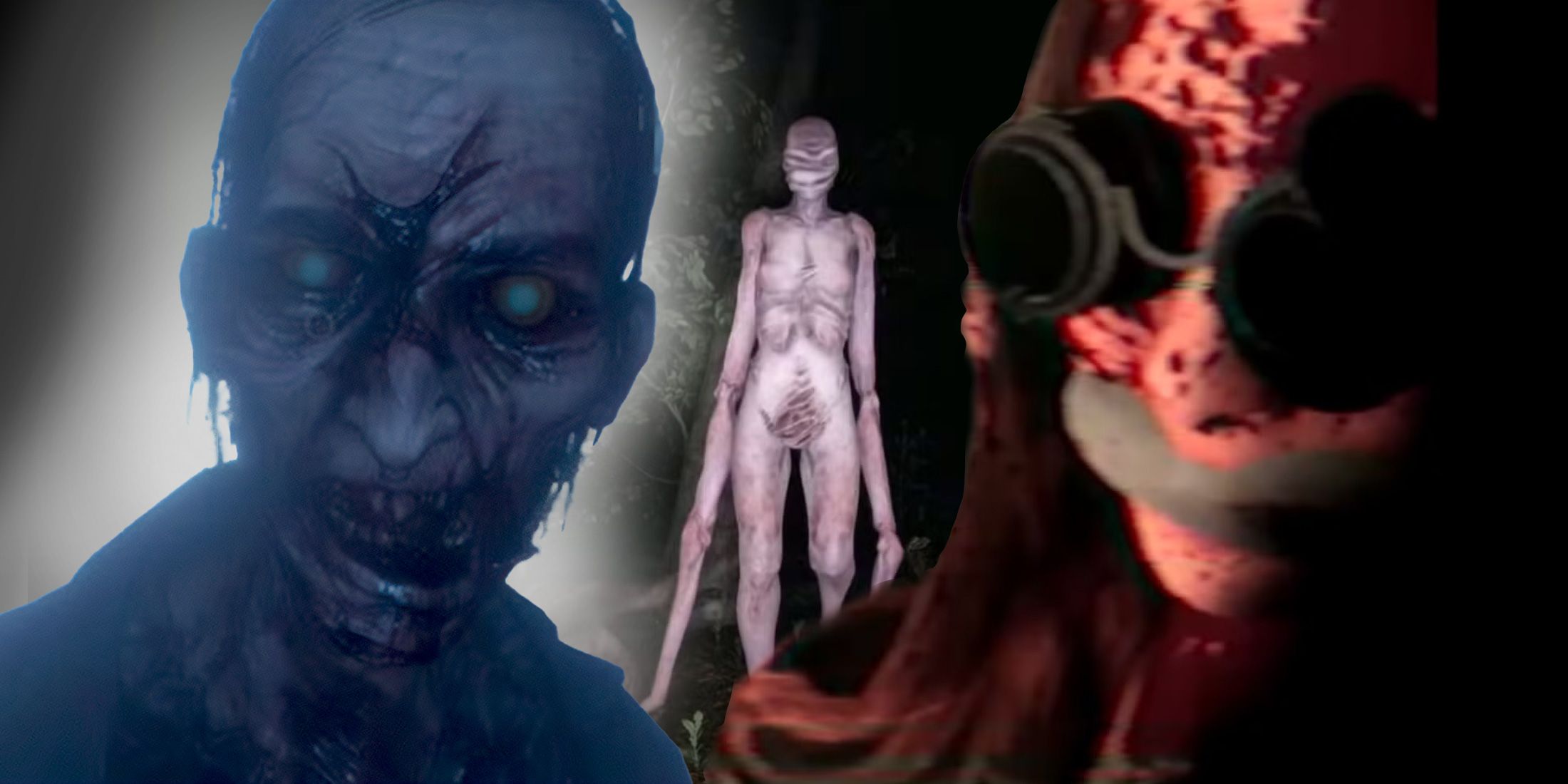
Related
Horror Games That Use Players’ Microphones
Using the player’s microphone in gameplay is an excellent way to increase immersion and tension in horror games. Here’s which titles did it the best.
The Importance of Music in Dead Take
Q: Music is an important component of a horror game. Can you talk us through Dead Take‘s approach to music in general?
A: It was fantastic working with Ross Tregenza on Dead Take, because he has such diverse and eclectic tastes. All you have to do is listen to his music on Deathloop, Helldivers 2, and Cyberpunk 2077 to hear that. Ross’s score for Dead Take is spectacular: it leans into the existential dread that all actors feel when auditioning and trying to make a name for themselves. We wanted the music to make the player feel like they’re on the cusp or the precipice of something. The score captures that experience of always being on edge, nervous, and that your life could change at any moment.
The Cast of Dead Take
Q: Can you tell us a little bit about the lead roles in Dead Take and what Neil Newbon and Ben Starr add to these characters?
A: As actors in games and beyond, Neil, Ben and I have leaned on each other through some extremely grueling times. We exchanged some of the horror stories that built the foundations of this game. Not only do they bring considerable talent to the project as its two leads, but they also helped create a space in which we could all be truly raw and honest. I can’t wait for you to see the caliber of their performances in Dead Take.
Q: Can you walk us through the casting and performance processes? What was that like for Dead Take?
A: I pretty much knew who I wanted to play which role as I was writing the story. The world of acting in games is smaller than you might think. For me, it was just a case of calling them up and saying, “I’m doing this weird psychological horror game and I want you to play the lead.” We did all the filming over the course of two days at a studio in London, with me directing and other friends in the room filling in as off-screen parts. It really felt like guerrilla game-making.
Q: What makes Neil Newbon and Ben Starr the right choices for these roles?
A: I wish you could have seen the energy they brought on set immediately. It’s like turning on a light switch with them. Maybe we’ll release the behind-the-scenes footage someday. One moment they’re themselves and the next they’ve completely sunk into this character whose lines I’d just sent to them the night before. As an actor, I wanted to be the director I wanted to see in the world, and for me that meant giving them loose reins to add what they feel in that moment. And, my god, did they add some brilliant things I hadn’t even considered. It was an incredible collaborative experience.
Q: Surgent Studios has a history of leveraging actor talent in non-performance roles (Alix Wilton Regan, Abubakar Salim). What can you tell us about this philosophy and what it brings to the game development process? How has this philosophy influenced Dead Take?
A: I think actors in games are having their moment right now. We’re banding together and supporting each other more than ever. For me, that also means working together even beyond the recording studio, beyond the mo-cap volume. Now it’s not just our faces and voices that define what we make; it’s also our ideas.
Q: Similarly, can you tell us how involved Neil Newbon and Ben Starr are in this project beyond performance, if at all? Have they been around since day one, or was the casting process more recent?
A: Neil and Ben were always in my head for the leads from the beginning of the writing process, and I’m incredibly grateful for how game they were to come on board. This project was slightly different from Tales of Kenzera: ZAU, so we didn’t operate on the same executive producer model.
Q: With so many actors involved with the game and Surgent Studios as a whole, are there any behind-the-scenes stories you could share that derive from this profession?
A: There’s one live-action clip of Ben where he went completely off-script, just caught up in the moment, and brought out a side of Vinny that none of us knew existed but which made perfect sense. To be honest, it scared us a little bit. You’ll know it when you see it.
Q: Is there anything else you’d like to add about Dead Take?
A: We’re so incredibly grateful to have this chance, to make a second game together as a studio and to keep trying to make our mark as storytellers. In some ways, we still feel like the new kids on the block. But even so, we’re swinging for the fences with Dead Take. What’s the point if you’re not trying to do something risky?
[END]
